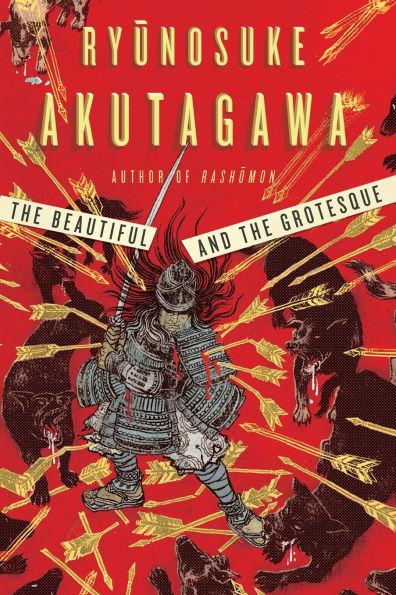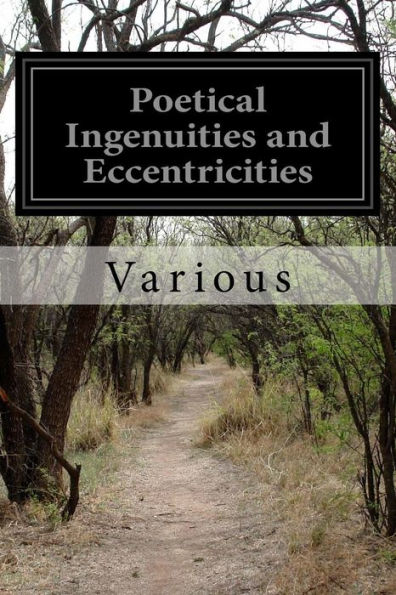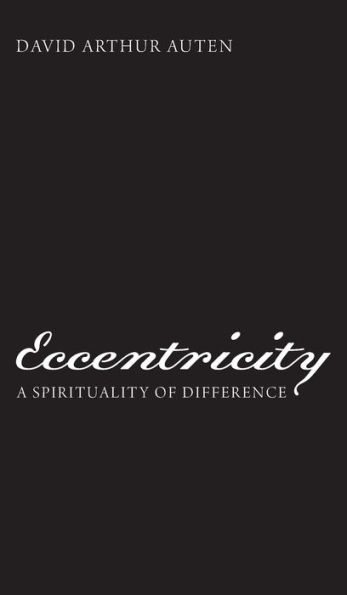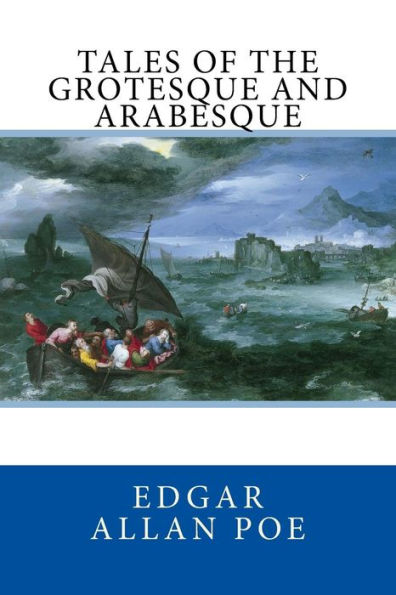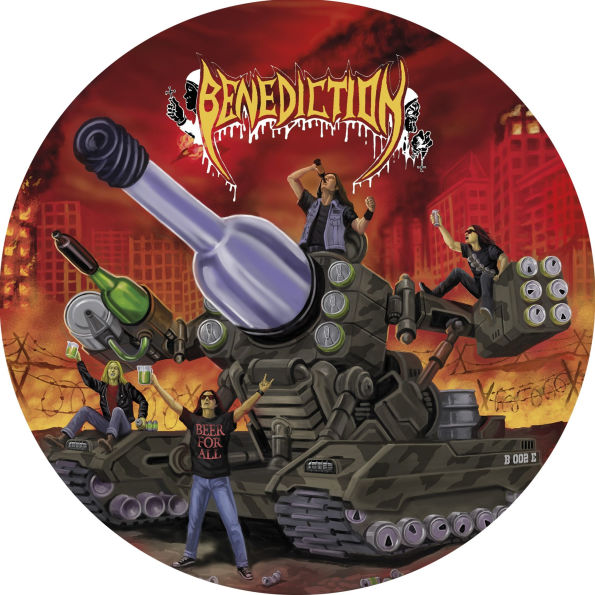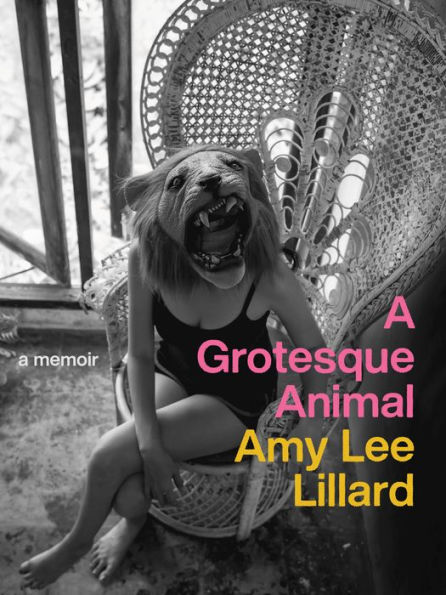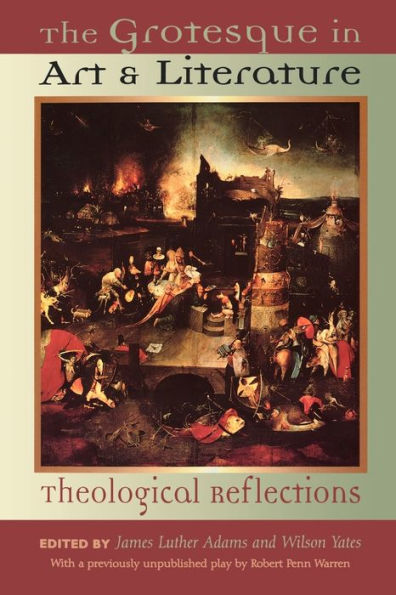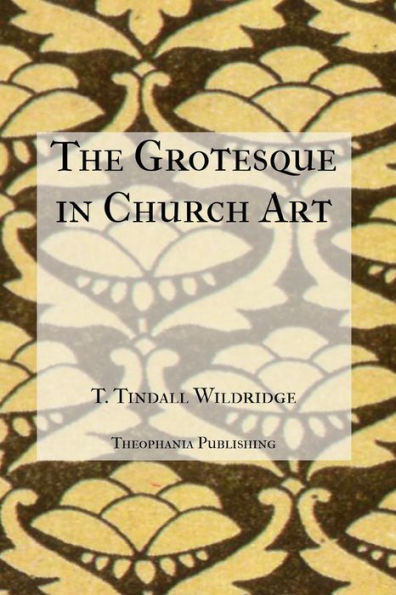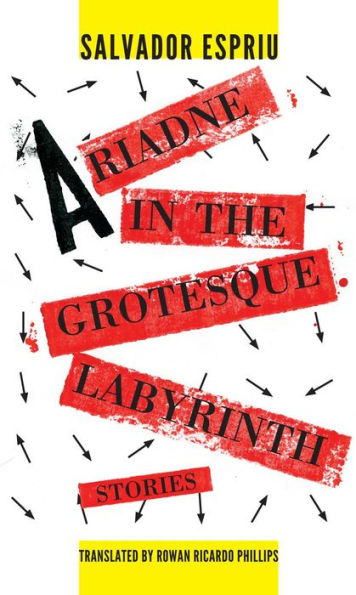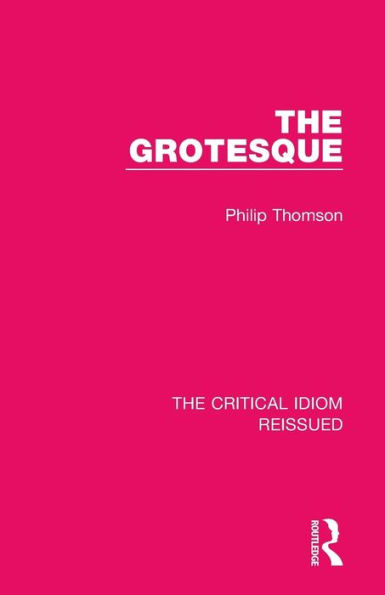Home
The Portrait of Eccentricity: Arcimboldo and the Mannerist Grotesque
Barnes and Noble
Loading Inventory...
The Portrait of Eccentricity: Arcimboldo and the Mannerist Grotesque in Franklin, TN
Current price: $41.95
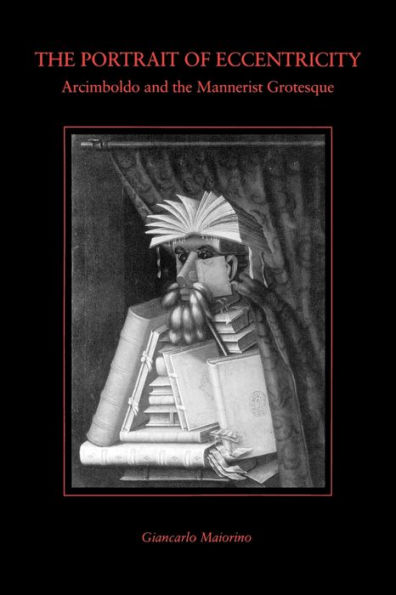
Barnes and Noble
The Portrait of Eccentricity: Arcimboldo and the Mannerist Grotesque in Franklin, TN
Current price: $41.95
Loading Inventory...
Size: OS
In this companion to his
The Cornucopian Mind and the Baroque Unity of the Arts
, Maiorino examines the links between Renaissance and the modern versions of the Groteseque.
In this interdisciplinary study, the term "eccentricity" refers to styles of playful extravagance. Maiorino focuses on the rhetorical figures of excess employed by a critic-historian (Giorgio Vasari), on the willful artificiality of a painter (Giuseppe Arcimboldo), and on the programmatic and interpretive commentary of a theorist (Gregorio Comanini).
Maiorino draws subtle and persuasive connections between the images he discusses and the grotesque "face" of sixteenth-century poetics and rhetoric. He sets the mannerist and the grotesque against the philosophical seriousness of Renaissance humanism, interpreting them as a celebration of the ludic and fantastic possibilities of art itself. Aiming at pleasure rather than instruction, this art plays on the boundaries of the natural and the artificial, the credible and the impossible, taking delight in parody, excess, disjunction, and exaggeration.
The Cornucopian Mind and the Baroque Unity of the Arts
, Maiorino examines the links between Renaissance and the modern versions of the Groteseque.
In this interdisciplinary study, the term "eccentricity" refers to styles of playful extravagance. Maiorino focuses on the rhetorical figures of excess employed by a critic-historian (Giorgio Vasari), on the willful artificiality of a painter (Giuseppe Arcimboldo), and on the programmatic and interpretive commentary of a theorist (Gregorio Comanini).
Maiorino draws subtle and persuasive connections between the images he discusses and the grotesque "face" of sixteenth-century poetics and rhetoric. He sets the mannerist and the grotesque against the philosophical seriousness of Renaissance humanism, interpreting them as a celebration of the ludic and fantastic possibilities of art itself. Aiming at pleasure rather than instruction, this art plays on the boundaries of the natural and the artificial, the credible and the impossible, taking delight in parody, excess, disjunction, and exaggeration.
In this companion to his
The Cornucopian Mind and the Baroque Unity of the Arts
, Maiorino examines the links between Renaissance and the modern versions of the Groteseque.
In this interdisciplinary study, the term "eccentricity" refers to styles of playful extravagance. Maiorino focuses on the rhetorical figures of excess employed by a critic-historian (Giorgio Vasari), on the willful artificiality of a painter (Giuseppe Arcimboldo), and on the programmatic and interpretive commentary of a theorist (Gregorio Comanini).
Maiorino draws subtle and persuasive connections between the images he discusses and the grotesque "face" of sixteenth-century poetics and rhetoric. He sets the mannerist and the grotesque against the philosophical seriousness of Renaissance humanism, interpreting them as a celebration of the ludic and fantastic possibilities of art itself. Aiming at pleasure rather than instruction, this art plays on the boundaries of the natural and the artificial, the credible and the impossible, taking delight in parody, excess, disjunction, and exaggeration.
The Cornucopian Mind and the Baroque Unity of the Arts
, Maiorino examines the links between Renaissance and the modern versions of the Groteseque.
In this interdisciplinary study, the term "eccentricity" refers to styles of playful extravagance. Maiorino focuses on the rhetorical figures of excess employed by a critic-historian (Giorgio Vasari), on the willful artificiality of a painter (Giuseppe Arcimboldo), and on the programmatic and interpretive commentary of a theorist (Gregorio Comanini).
Maiorino draws subtle and persuasive connections between the images he discusses and the grotesque "face" of sixteenth-century poetics and rhetoric. He sets the mannerist and the grotesque against the philosophical seriousness of Renaissance humanism, interpreting them as a celebration of the ludic and fantastic possibilities of art itself. Aiming at pleasure rather than instruction, this art plays on the boundaries of the natural and the artificial, the credible and the impossible, taking delight in parody, excess, disjunction, and exaggeration.
